NYC's Congestion Pricing: A Winning Formula?

New York City's congestion pricing plan, the first of its kind in the US, has yielded surprising results. Initially met with controversy, the plan, which charges vehicles entering Manhattan's central business district, has now garnered significant resident support due to its positive impact.
Less Traffic, More Benefits
A recent study by the New York Regional Plan Association (RPA) reveals a 25% reduction in Manhattan traffic delays and a 9% reduction in surrounding areas. This translates to significant time savings for drivers – 17 minutes saved per hour in Manhattan and 7 minutes saved per hour in surrounding areas. The financial impact is substantial, with an estimated annual savings of $1.3 billion.

Public transit has also benefited significantly. Bus trip times have decreased dramatically, with Holland Tunnel buses experiencing a 48% reduction. Emergency vehicle response times have improved as well.
Beyond Traffic Reduction
The positive effects extend beyond traffic reduction. The MTA reports a 60,000 vehicle reduction daily within the congestion zone, a 4% increase in pedestrian traffic, and a 70% decrease in excessive honking. The plan generated $48 million in revenue in just one month.

A Lesson Learned?
This success mirrors similar outcomes in cities like London and Stockholm, proving the effectiveness of congestion pricing in improving urban life. Despite initial opposition, the tangible benefits have led to widespread acceptance. This experience suggests that cities considering similar measures shouldn't dismiss them based solely on early concerns.



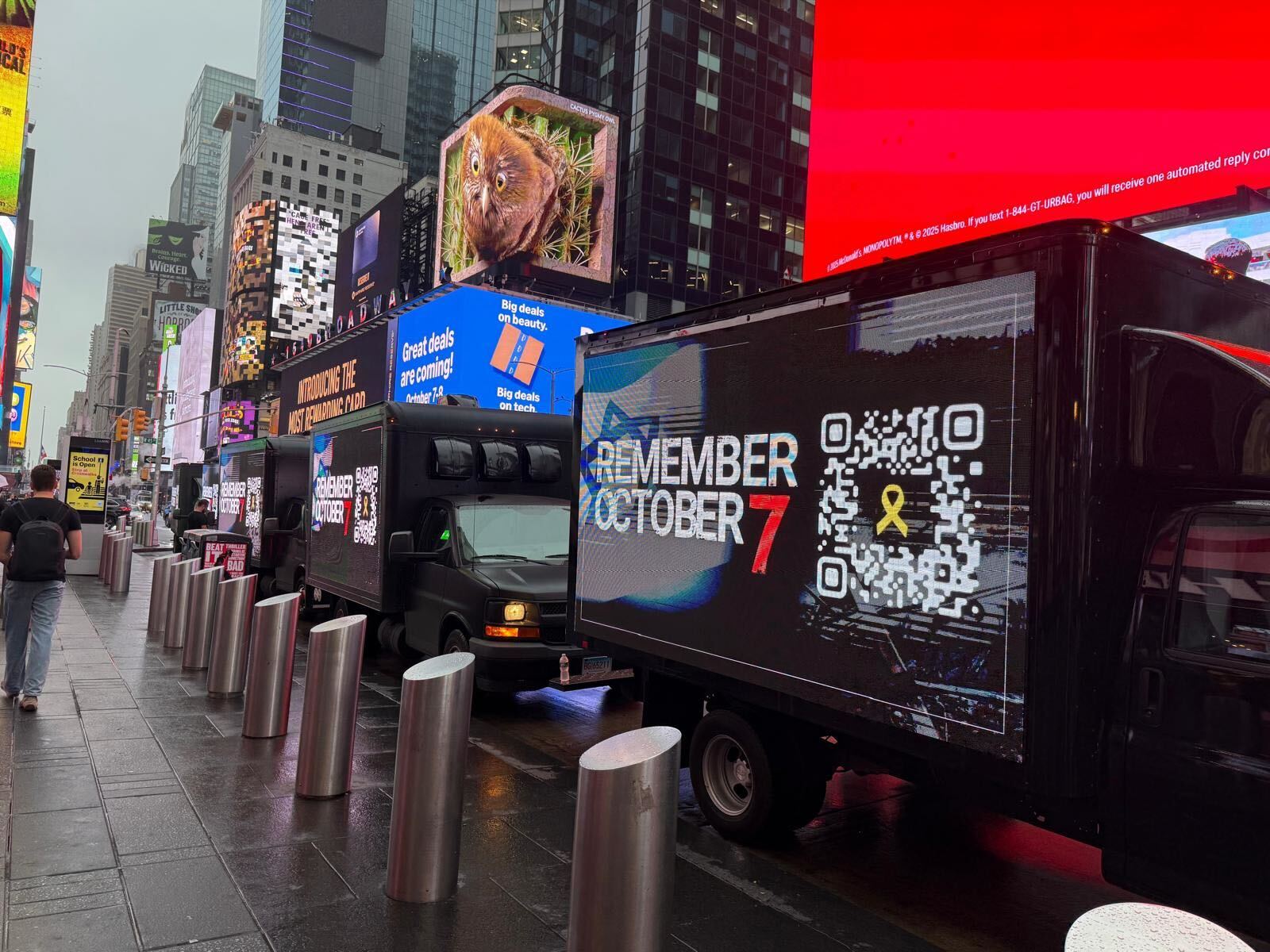


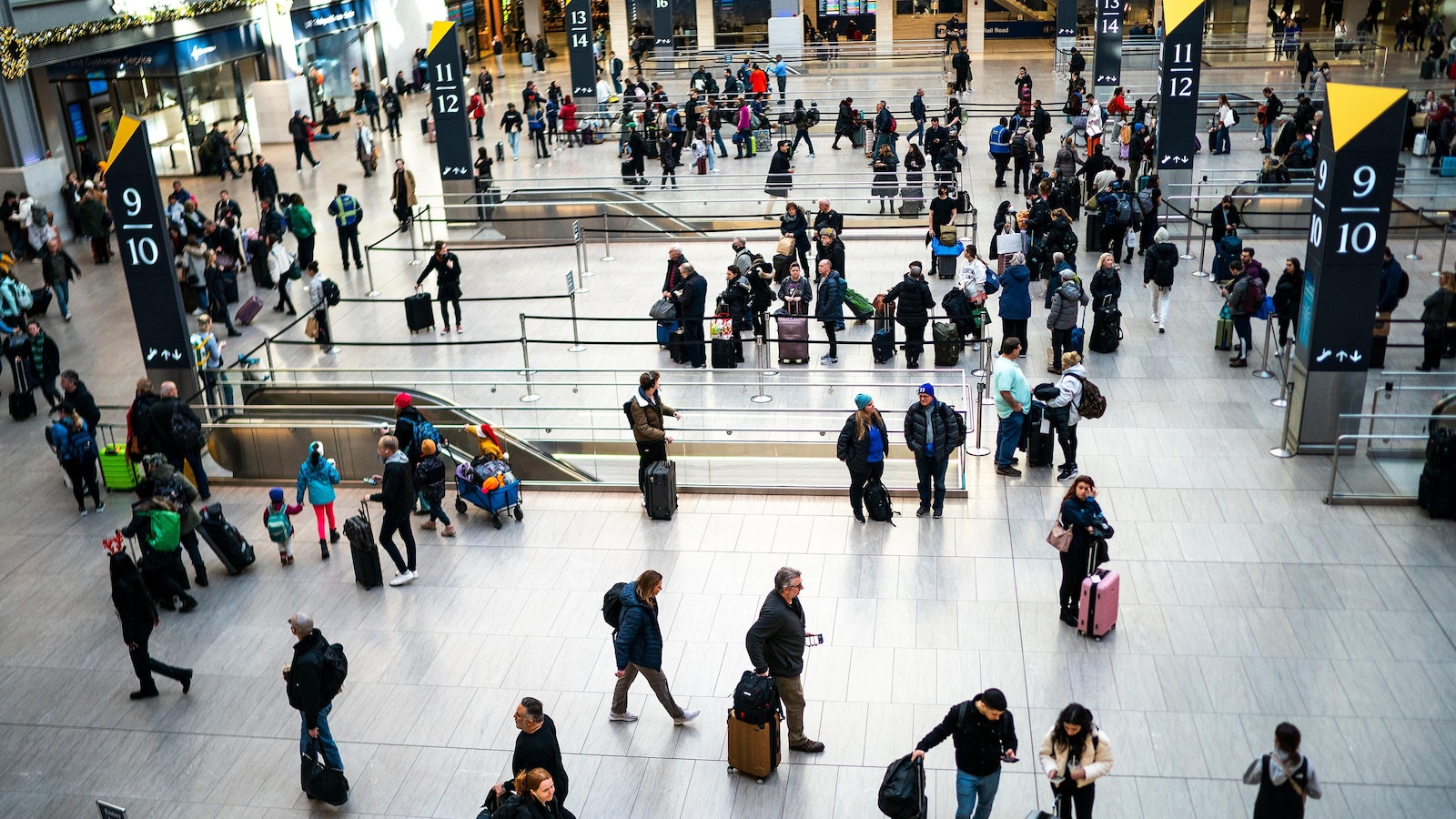

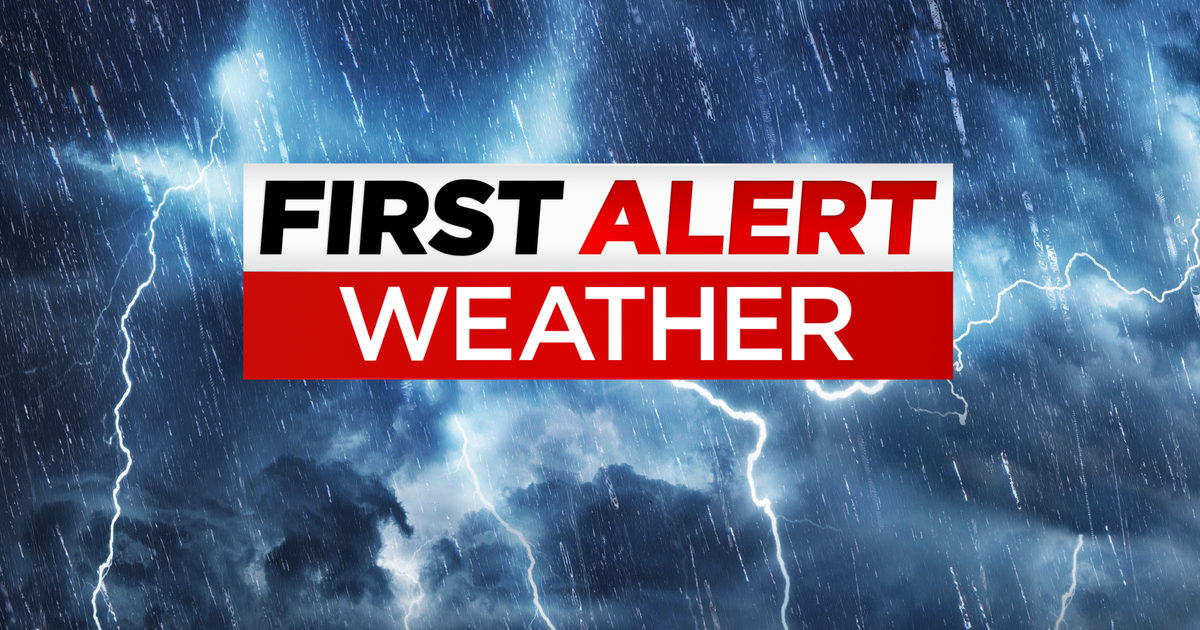
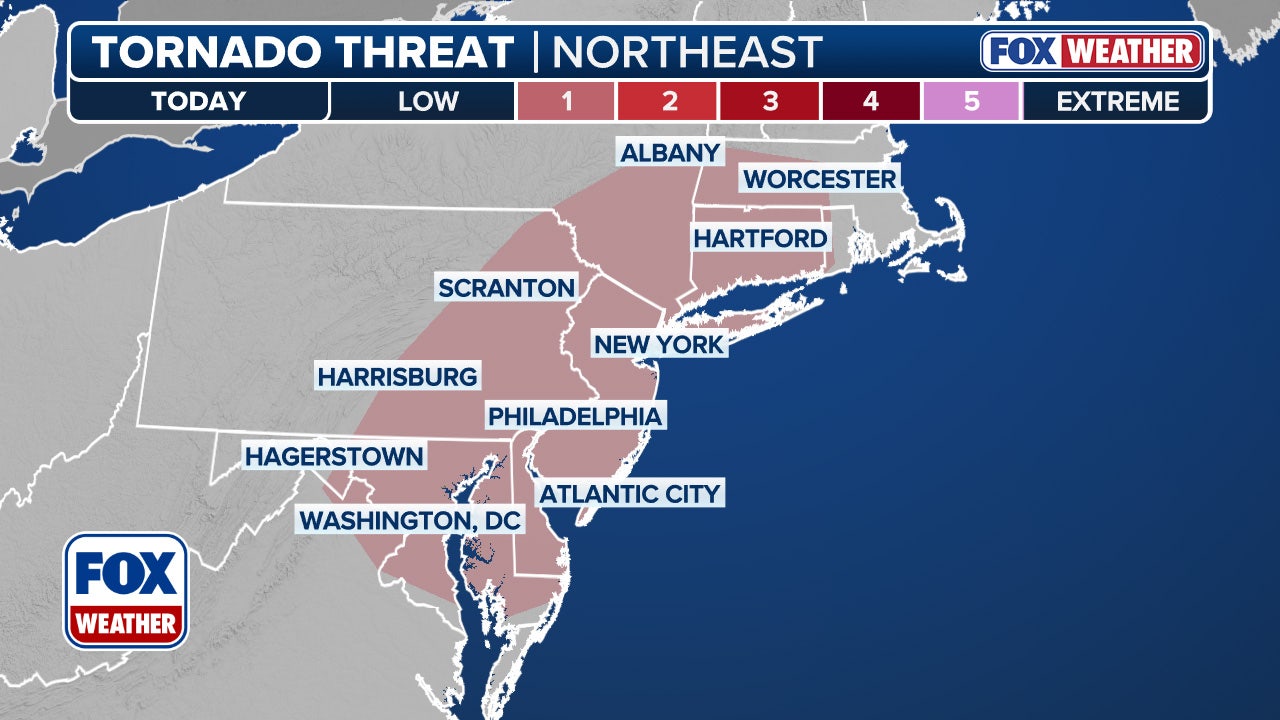








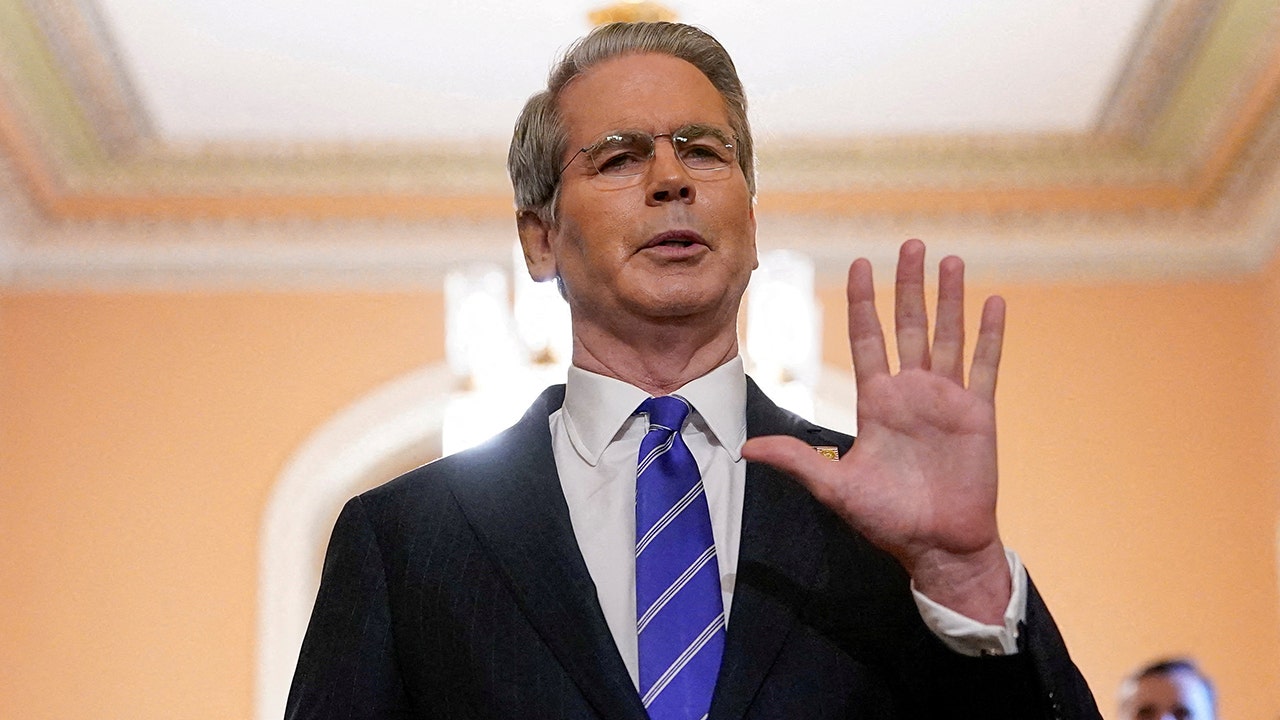
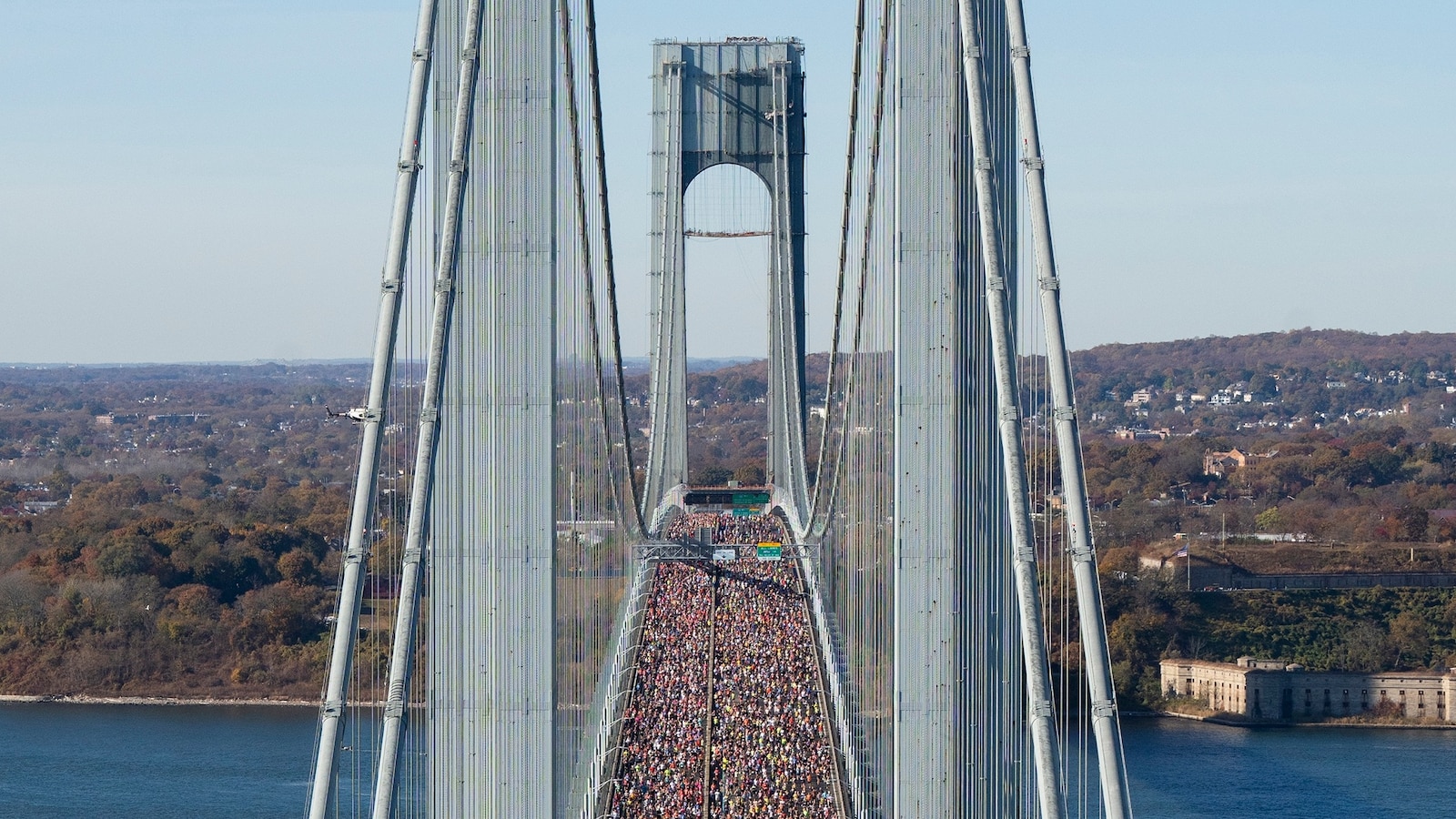
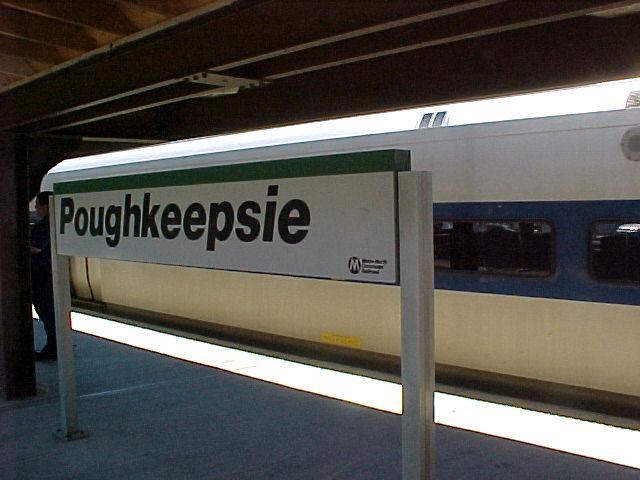

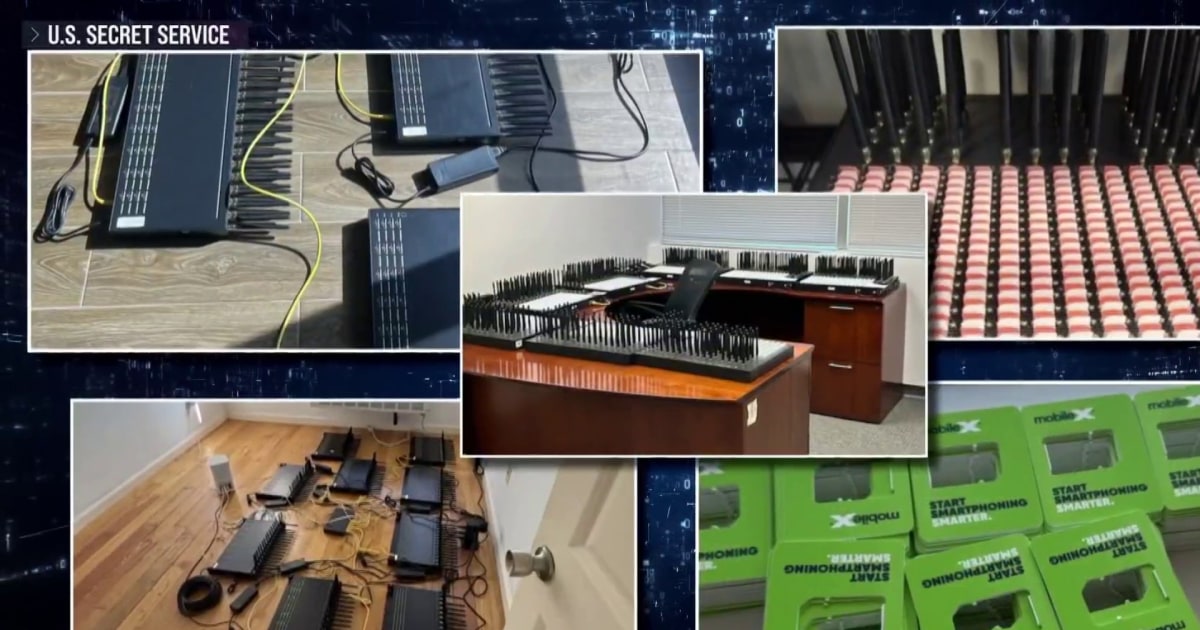


Comments
Join Our Community
Sign up to share your thoughts, engage with others, and become part of our growing community.
No comments yet
Be the first to share your thoughts and start the conversation!